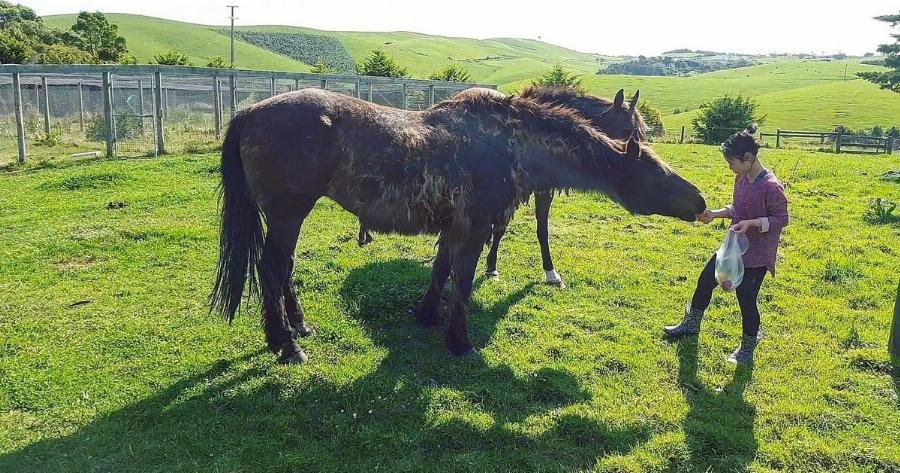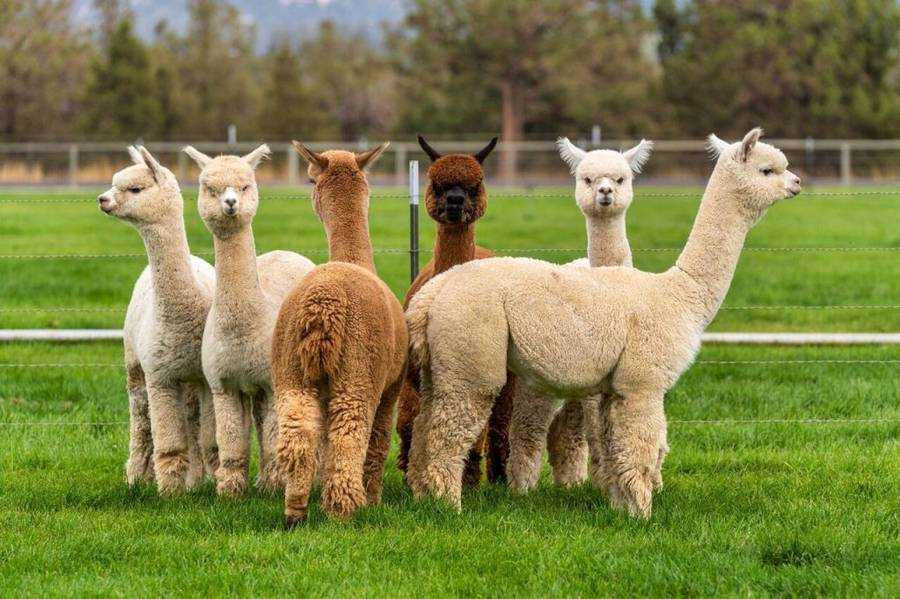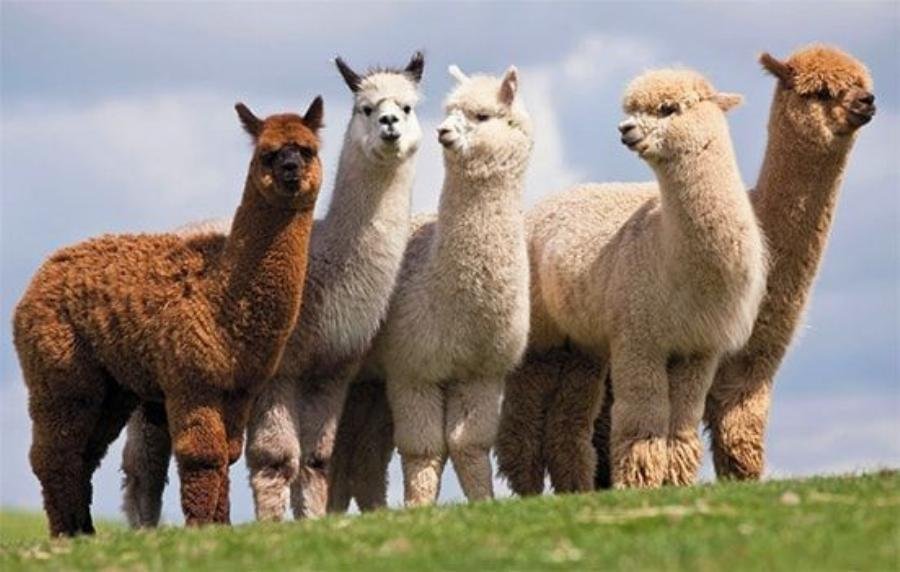Lạc Đà Alpaca Có Gì Ở Cổ: Bí Mật Đằng Sau Bộ Lông Tuyệt Đẹp

Lạc đà Alpaca, biểu tượng của vùng Andes hùng vĩ, không chỉ nổi tiếng với bộ lông mềm mại mà còn thu hút sự chú ý bởi những đặc điểm độc đáo trên cổ. Từ cấu trúc giải phẫu đặc biệt giúp chúng thích nghi với môi trường khắc nghiệt, đến vai trò quan trọng […]
Lạc Đà Có Uống Nước Không? Giải Đáp Chi Tiết Từ Chuyên Gia Alpaca

Lạc đà Alpaca, biểu tượng của vùng Andes, nổi tiếng với bộ lông mềm mại và khả năng thích nghi tuyệt vời. Tuy nhiên, một câu hỏi thường gặp về loài vật đáng yêu này là: “Lạc đà Alpaca có uống nước không?”. Bài viết này, được biên soạn bởi các chuyên gia tại Love […]
Lạc Đà Kêu Như Thế Nào? Khám Phá Âm Thanh Bí Ẩn Của Alpaca

Lạc đà Alpaca, biểu tượng của vùng Andes, nổi tiếng với bộ lông mềm mại và vẻ ngoài đáng yêu. Tuy nhiên, ít ai biết rằng chúng cũng sở hữu một hệ thống giao tiếp bằng âm thanh độc đáo. Bài viết này sẽ đi sâu vào thế giới âm thanh của lạc đà Alpaca, […]
Lạc Đà Sống Được Bao Lâu? Giải Mã Tuổi Thọ Alpaca Chi Tiết

Lạc đà Alpaca, với bộ lông mềm mại và tính cách hiền lành, ngày càng được yêu thích trên toàn thế giới. Tuy nhiên, lạc đà sống được bao lâu là câu hỏi nhiều người quan tâm khi muốn tìm hiểu hoặc sở hữu loài vật đáng yêu này. Bài viết này sẽ cung cấp […]
Đặc Điểm Của Lạc Đà Alpaca: Từ Ngoại Hình Đến Tập Tính

Là biểu tượng của vùng Andes và niềm tự hào của Peru, lạc đà Alpaca không chỉ nổi tiếng với bộ lông mềm mại mà còn sở hữu những đặc điểm sinh học và tập tính độc đáo. Bài viết này của Love Panchita sẽ khám phá sâu hơn về những đặc điểm của lạc […]
Hình Ảnh Con Lạc Đà Alpaca: Vẻ Đẹp, Đặc Điểm & Sự Thật Thú Vị

Lạc đà Alpaca, một loài động vật có vú thuộc họ lạc đà, nổi tiếng với bộ lông mềm mại và vẻ ngoài đáng yêu. Những hình ảnh con lạc đà Alpaca không chỉ thu hút bởi vẻ đẹp tự nhiên mà còn mang đến cái nhìn sâu sắc về cuộc sống, tập tính và […]
Vì Sao Lạc Đà Có Thể Sống Ở Sa Mạc: Bí Mật Sinh Tồn Tuyệt Vời

Lạc đà, loài động vật biểu tượng của sa mạc, không chỉ đơn thuần là một phương tiện di chuyển mà còn là minh chứng cho khả năng thích nghi phi thường với môi trường khắc nghiệt. Sự tồn tại của chúng trong điều kiện thiếu nước, nhiệt độ cao và nguồn thức ăn khan […]
Lạc Đà Uống Bao Nhiêu Nước Mỗi Ngày? Giải Đáp Từ Chuyên Gia Alpaca

Lạc đà Alpaca, loài vật biểu tượng của dãy Andes, nổi tiếng với bộ lông mềm mại và khả năng thích nghi đáng kinh ngạc. Một trong những yếu tố quan trọng góp phần vào sự sinh tồn của chúng trong môi trường khắc nghiệt là khả năng điều chỉnh lượng nước uống. Bài viết […]
Bướu Lạc Đà Nằm Ở Đâu? Giải Mã Bí Mật Cấu Tạo Lạc Đà Alpaca

Lạc đà Alpaca, loài vật đáng yêu đến từ vùng núi Andes, nổi tiếng với bộ lông mềm mại và tính cách hiền lành. Tuy nhiên, một câu hỏi thường được đặt ra là: “Bướu lạc đà nằm ở đâu?” Thực tế, lạc đà Alpaca không có bướu giống như các loài lạc đà khác. […]
Lạc Đà Trữ Nước Ở Đâu? Giải Mã Bí Ẩn “Bình Nước Di Động” Của Sa Mạc

Lạc đà, biểu tượng của sự kiên cường và khả năng thích nghi phi thường với môi trường khắc nghiệt của sa mạc. Chúng nổi tiếng với khả năng sống sót đáng kinh ngạc trong điều kiện thiếu nước. Tuy nhiên, một câu hỏi thường được đặt ra là: “Lạc đà trữ nước ở đâu?” […]